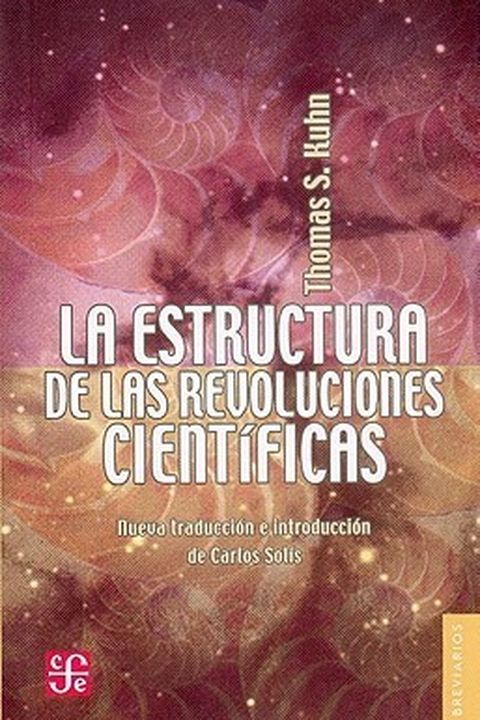
La estructura de las revoluciones científicas
50th Anniversary Edition
Thomas S. Kuhn
Cuando los paradigmas científicos dejan de dar respuesta a los problemas que les atañen, ocurren rupturas violentas en las que la ciencia se revoluciona, destruye los paradigmas desgastados y los sustituye con otros nuevos. Thomas S. Kuhn analiza en esta obra "el comportamiento de las comunidades científicas encargadas de seleccionar el modo más apto de practicar la ciencia futura" tras esos momentos de crisis.
Fecha de publicación
1996-01-01T00:00:00.000Z
1996-01-01T00:00:00.000Z
publicado por primera vez en 1962
Calificación de Goodreads
4.03
ISBN
8601300156835
Recomendaciones
5
Recomendaciones
The first time I sat down with Steve Jobs, he immediately asked me if I had read The Structure of Scientific Revolutions. I think he was assimilating into this personality, this notion that he found in The Structure of Scientific Revolutions. – fuente
2015-03-17T07:00:00.000Z
https://en.wikipedia.org/wiki/Mark_Zuckerberg_book_club2009-06-21T00:00:00.000Z
Kuhn introduced the term "paradigm shift" to describe the changeover from Ptolemaic to Copernican astronomy. But the book is far more than a classic in the history of science. It's also a book that emphasizes how what we already believe shapes what we see, what we allow ourselves to think. I've always tried to separate seeing itself from the stories I tell myself about what I see. Pattern recognition is impeded if you are trying to overlay an existing pattern on the facts rather than letting the facts sit quietly until they tell their own story. That's General Semantics again. – fuente2022-06-01T08:00:45.000Z
In his brilliant book, The Structure of Scientific Revolutions, author Thomas S. Kuhn explained how scientific discoveries take place: scientific paradigm shifts always begin with disruption – and it’s never an easy process. – fuente